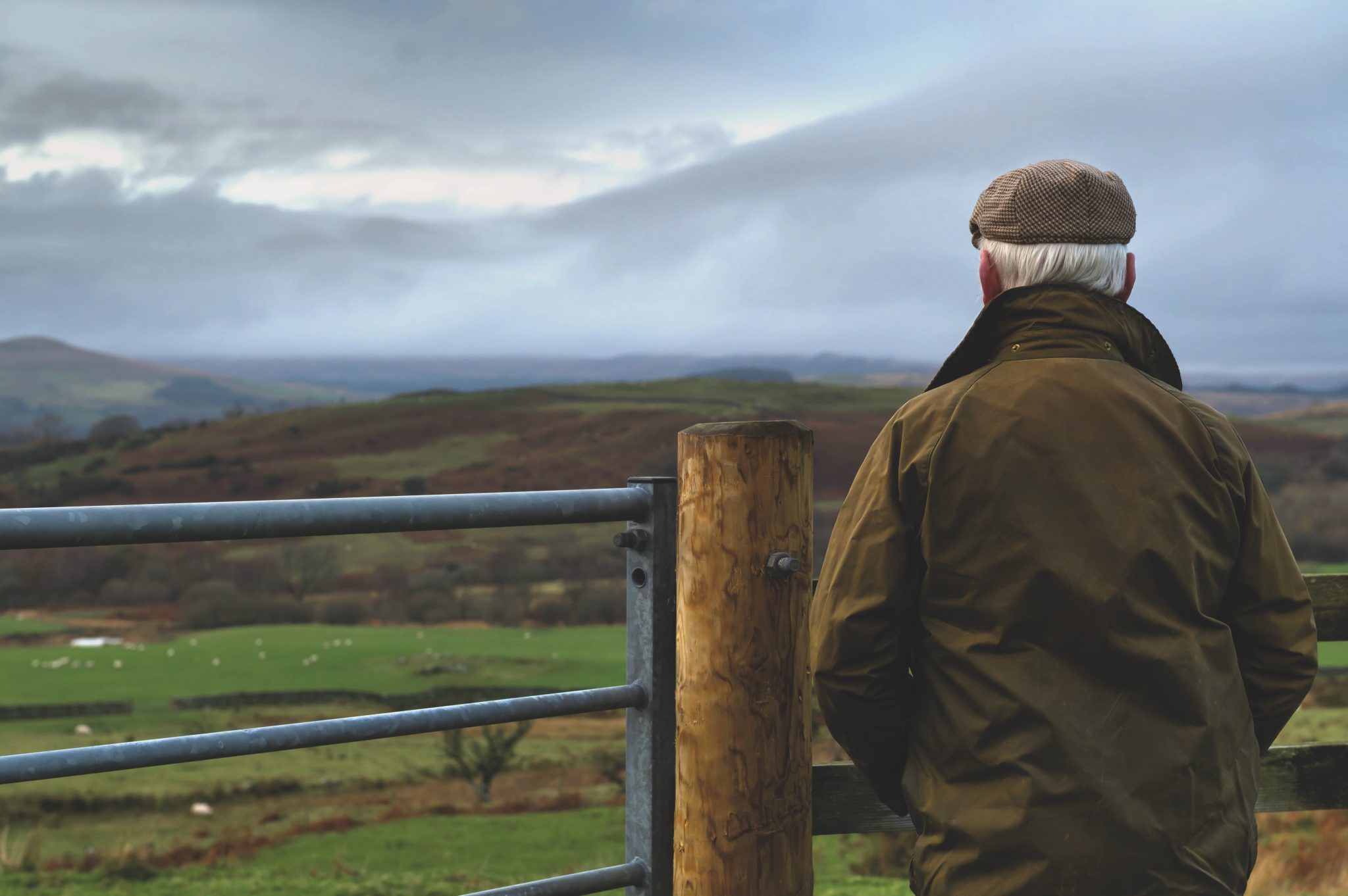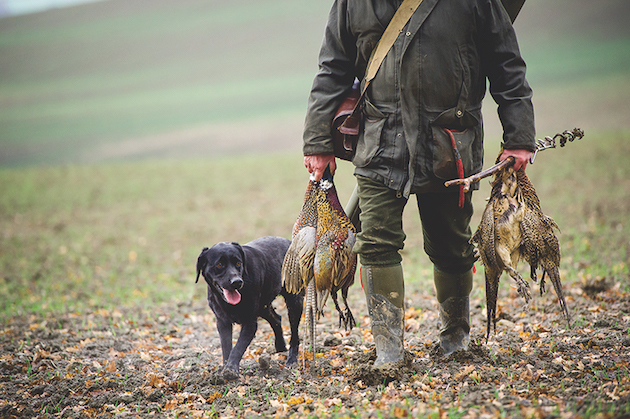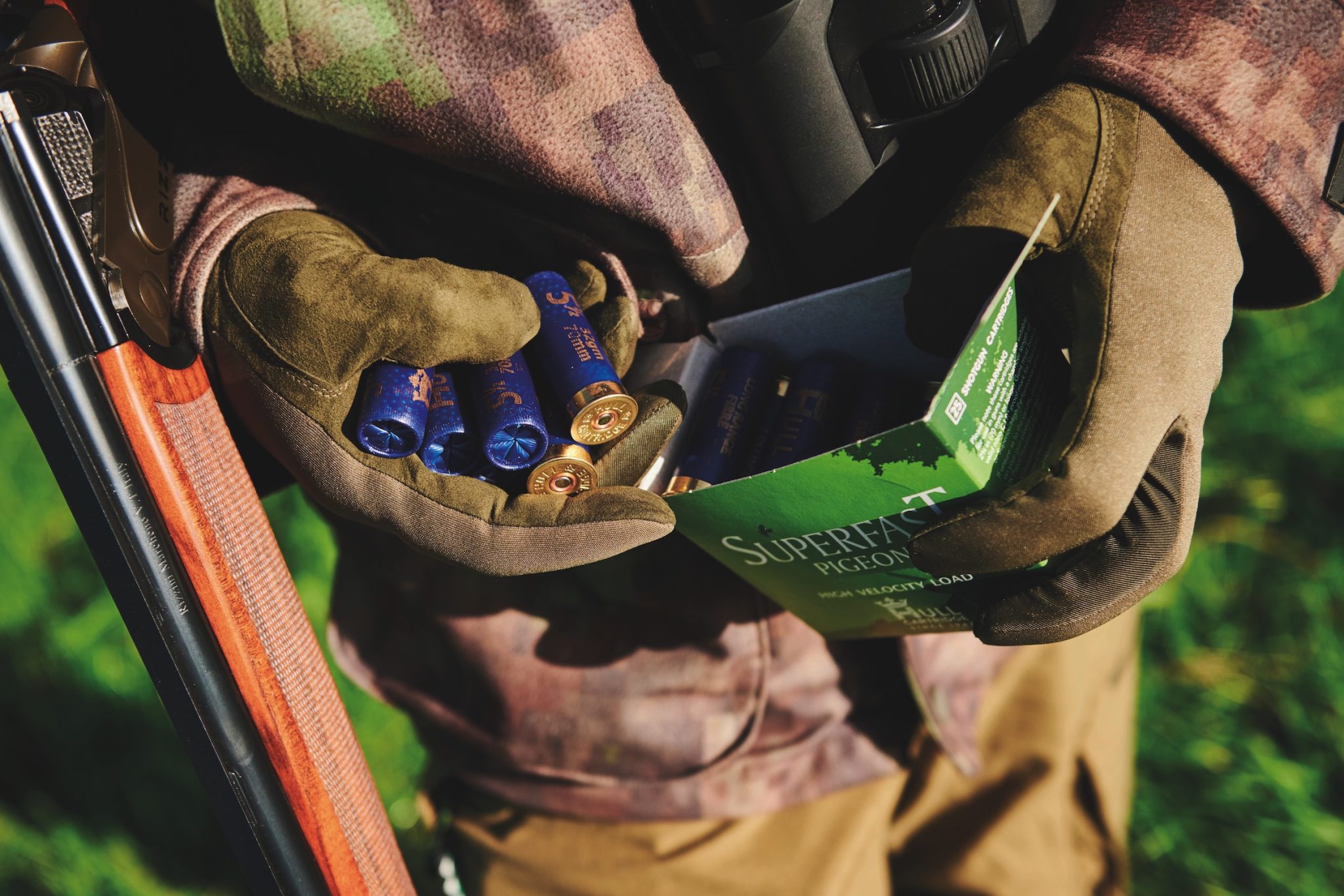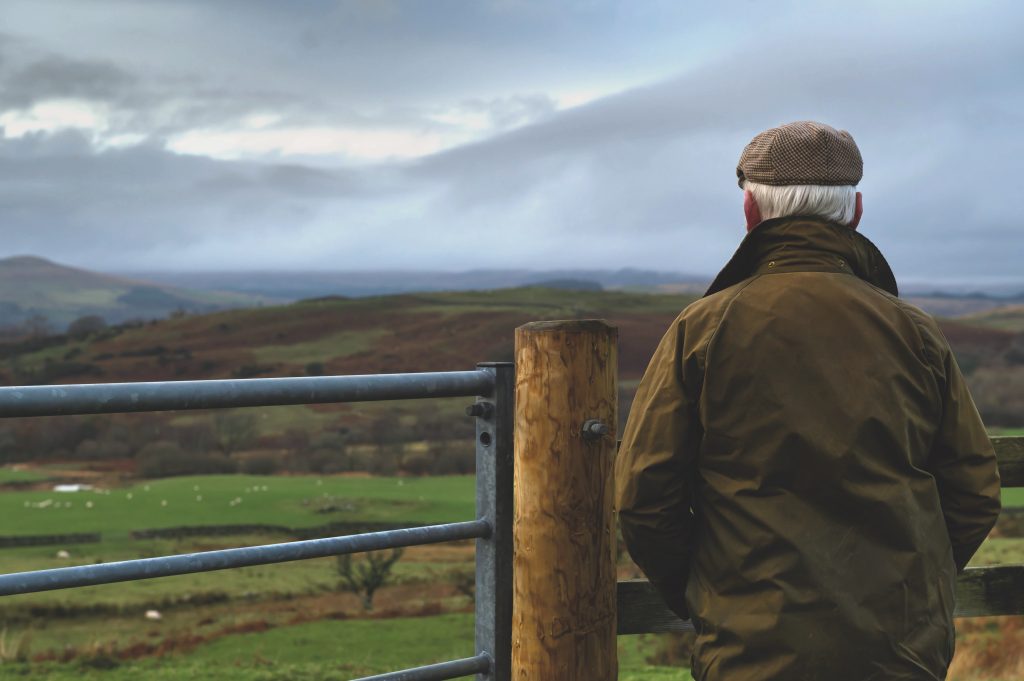The countdown is on for The British Shooting Show – book tickets online today and save on gate price!
Is it true that woodpigeon migrate?
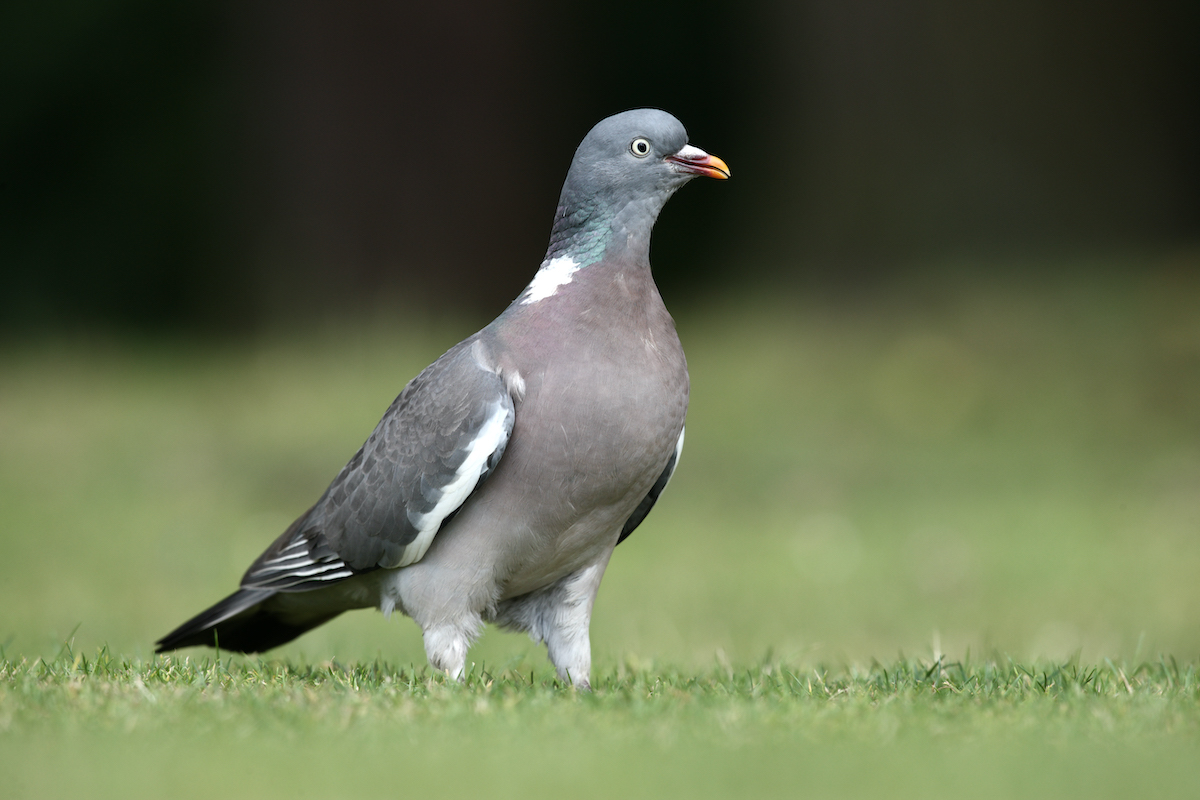 Wood pigeon, Columba palumbus, Norfolk, July 2009
Wood pigeon, Columba palumbus, Norfolk, July 2009
A myth about woodpigeon
First, let’s get rid of a pigeon shooting myth. It is not so long ago that many country people believed that each autumn woodpigeon flocked into the UK by their million to devour oilseed and other brassica crops. Many farmers and pigeon shooters, including my father, would say that these foreigners were smaller and darker in colour and didn’t have a white neck patch.
In fact, only just a few months ago it was mentioned by a landowner on the ITV Countrywise programme when the problem of pigeon damage was being discussed. He claimed that thousands came in from Eastern Europe every year at the beginning of autumn. Today, serious pigeon shooters know that these are the newly fledged birds, seen mainly in early autumn, and there is no subspecies of woodpigeon in Europe. (Read the law on pigeon shooting.)
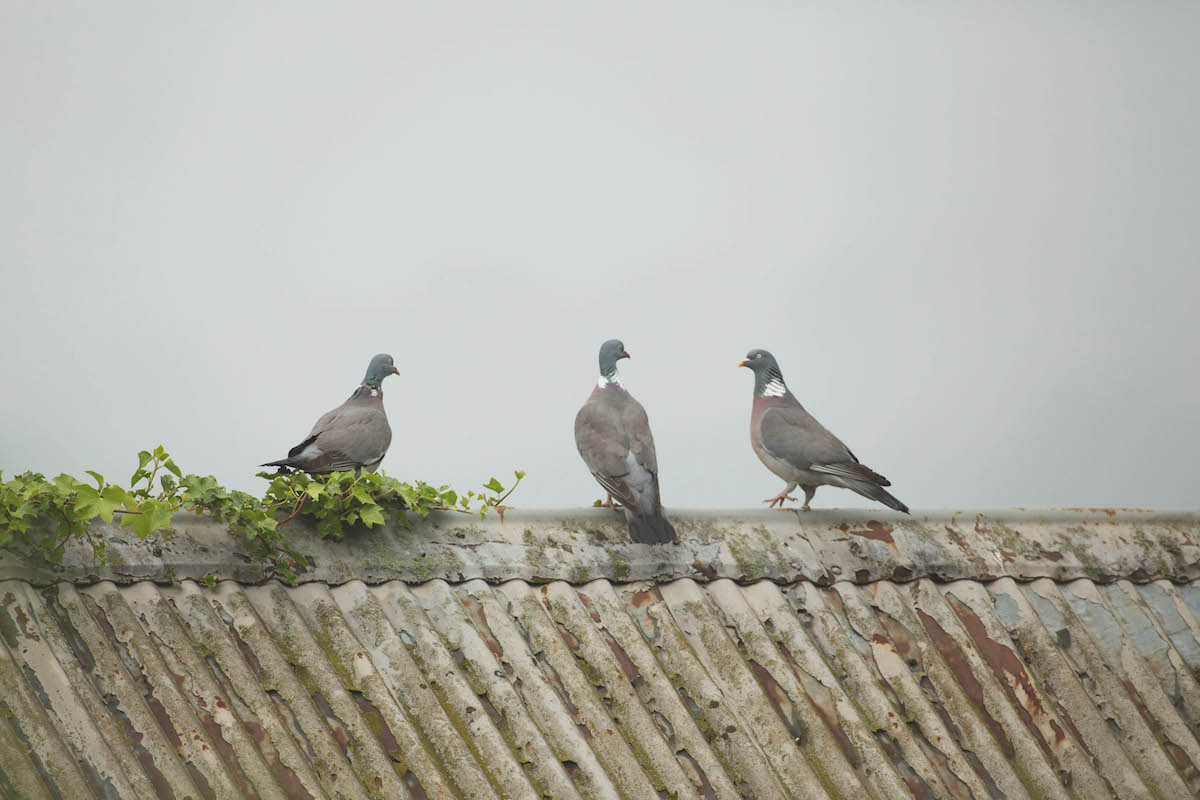
On the move?
Do woodpigeon migrate?
Check the dictionary for the meaning of migration and it reads: “Move from one habitat to another according to the seasons.”
No mention is made of those habitats being in different countries. So, yes woodpigeon migrate but generally within a restricted area. For example, large flocks of woodies are reported seen flying high over some of our northern counties, but that same flock is rarely reported travelling over other counties farther south.
Likewise, flocks leaving Essex are not reported over Kent on their way to France. (Read why the woodpigeon is so successful.)
Continental pigeon
There are several experts who believe a few Continental flocks on their passage down through Holland and Belgium deviate northward in error, entering Kent, Sussex and maybe Essex. These birds are said to continue south-west to recross the Channel from the Hampshire, Dorset or Devon coast. This explains the movement south out to sea over areas such as Portland Bill. Yet, in contrast, flocks moving south from Wales through Devon are seen returning back into Cornwall. This gives further evidence that the so-called migrants are those that recently entered the UK into our southern counties.
Where are all the woodies?
Here in the UK, our woodie is largely sedentary; normally travelling a radius of 20 or so miles from its place of fledging. So, if that’s true, where do they go? I believe a fair percentage move to urban areas during winter to feed on the numerous non-native species of trees and shrubs that provide seeds and berries during the colder parts of the year. Another attraction is food offered from bird tables.
Of course, their predators (including we shooters) are much less active in urban areas, too. Small as well as large flocks tend to retreat into the UK’s extensive areas of woodland and forests during the early autumn, where they will remain until the acorn and ivy harvest is depleted. Attached to this, there will be a great deal of wheat scattered in the rides and around feed hoppers. In March, woodies were still being shot with acorns in their crops. Remember, they can largely feed in peace in the depths of these woodland areas and not have rockets and rook bangers sending them off back to where they came from every time they attempt to change their diet.
The Continental corridor
Pigeon do migrate and travel but only within mainland Europe, from Scandinavia in the north through to their wintering areas in Spain. From the north, they move south along a corridor through Denmark, Holland, Germany, Belgium and France and finally across the Pyrenees into Spain. Ambushing these migrants through these mountains is a popular sport. Platform hides are erected and live birds are used as decoys. And, as in the UK, package deals, including hotel accommodation are organised by specialist agencies.
So how do we know that a percentage of these birds crossing this high mountain range are not from the UK? The answer is records obtained from ringing birds here in the UK, both in the nest and captured adults. The British Trust for Ornithology (BTO) has been carrying out this work for many years, keeping accurate records of all reported recoveries. Of the many thousands ringed, only a small number have been collected on mainland Europe, most of which can be counted on one hand. They were recovered in the Brittany area of France; surprisingly, just one or two in the Calais area at our shortest crossing. It could well be that some of the adults ringed here in the South-East were from some of those flocks diverted temporarily northwards on their way to Spain.
As for immigrant woodpigeon invading us from across the North Sea; this has long been proved wrong. Ringing on the Continent has confirmed this, and no reliable reports have been recorded of flocks crossing over oil rigs, for example. One final factor is that there are no reports of birds dropping into the UK in the spring on their way back north from Spain. This, to me, is proof enough that there is no noticeable migration to or from our shores.
This article was originally published in Sporting Gun in 2012 and has been updated.
Related Articles
Get the latest news delivered direct to your door
Subscribe to Shooting Times & Country
Discover the ultimate companion for field sports enthusiasts with Shooting Times & Country Magazine, the UK’s leading weekly publication that has been at the forefront of shooting culture since 1882. Subscribers gain access to expert tips, comprehensive gear reviews, seasonal advice and a vibrant community of like-minded shooters.
Save on shop price when you subscribe with weekly issues featuring in-depth articles on gundog training, exclusive member offers and access to the digital back issue library. A Shooting Times & Country subscription is more than a magazine, don’t just read about the countryside; immerse yourself in its most authoritative and engaging publication.



